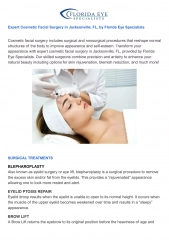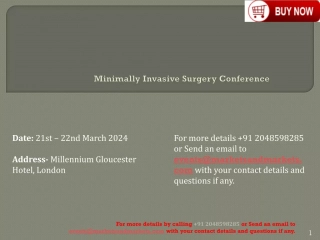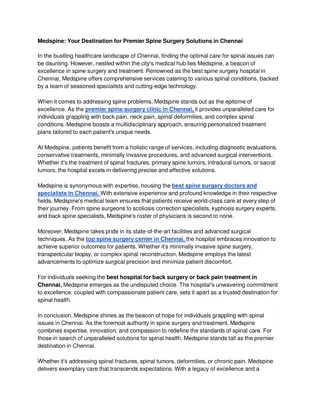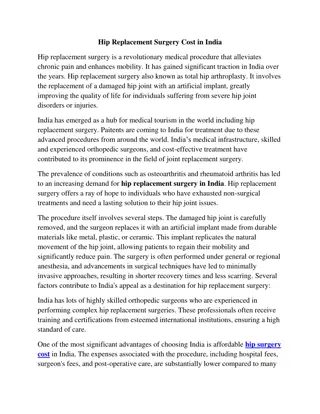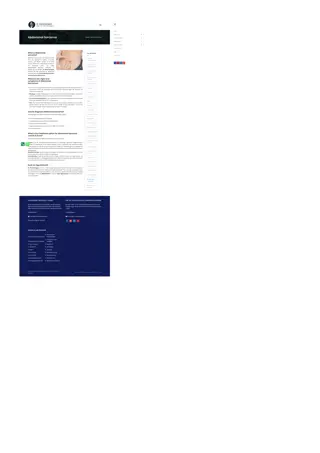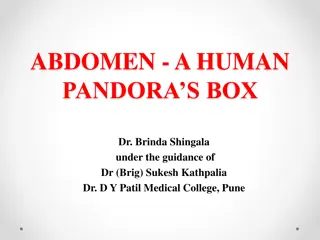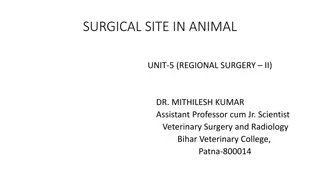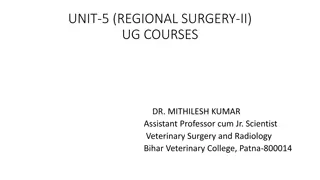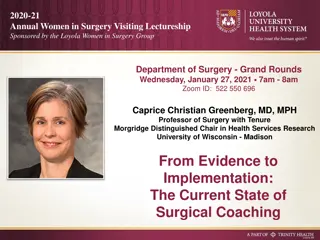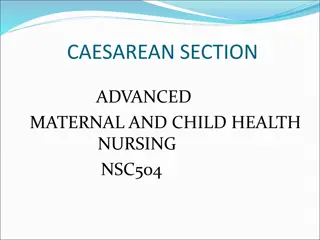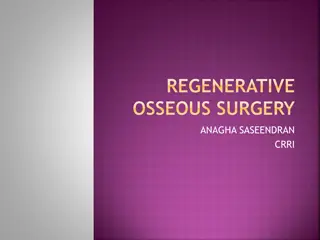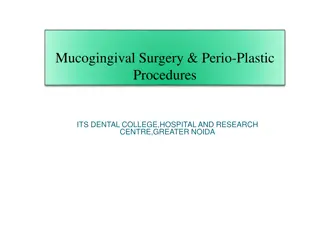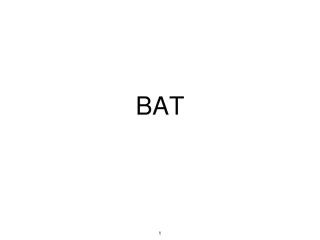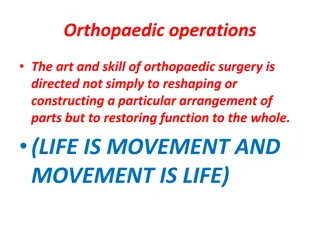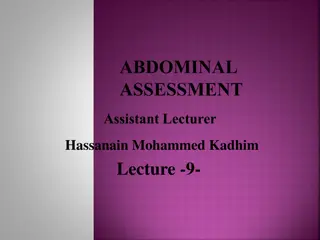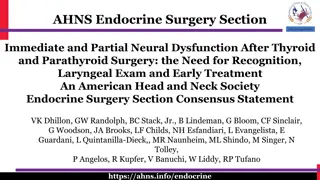Understanding Proper Abdominal Incision Techniques in Surgery
Proper abdominal incision techniques are crucial in surgical procedures to ensure successful outcomes. Factors such as skin tension lines, anatomical structures, cosmetic considerations, and procedural access must be carefully considered when planning and executing incisions. The use of appropriate tools like scalpels and understanding different incision types can also impact surgical results. This guide provides insights into the importance of precise incisions and suturing in surgical operations, emphasizing factors that contribute to optimal healing and cosmetic outcomes.
Download Presentation

Please find below an Image/Link to download the presentation.
The content on the website is provided AS IS for your information and personal use only. It may not be sold, licensed, or shared on other websites without obtaining consent from the author. Download presentation by click this link. If you encounter any issues during the download, it is possible that the publisher has removed the file from their server.
E N D
Presentation Transcript
Introduction to surgery Abdominal incision and suturing
Incising the skin is the first step in most surgeries. In order to begin our operation correctly, we should do the incision in the right way.
The skin incision is made with a scalpel with the blade being pressed firmly on skin at a right angle. Then draw it gently over the skin.
When planning a skin incision, 4 factors should be considered: 1 Skin tension lines (Langer s lines). These lines represent the orientation of the dermal collagen fibres and any incision placed parallel to these lines result in a better scar. 2 Anatomical structure. Incisions should avoid bony prominences and crossing skin creases if possible, and take into consideration underlying structures, such as nerves and vessels.
3. Cosmetic factors. Any incision should be made bearing in mind the ultimate cosmetic result, especially in exposed parts of the body, as an incision is the only part of the operation the patient sees. 4. Adequate access for the procedure.
In the past they depend solely on vertical incisions. Nowadays there is a current trend toward transverse ones, as they decrease respiratory complications and has better cosmetic outcome. For abdominal wound closure the suture should be 4 times the length of the wound to minimize risk of dehiscence and late incisional hernia.
Figure3: abdominal incisions, 1, Midline; 2, Kochers; 3, thoracoabdominal; 4, rectus split; 5, paramedian; 6, transverse; 7, McBurney s gridiron; 8, inguinal; 9, pfannenstiel; 10, McEvedy; 11, Rutherford Morison.
Midline incision: from xiphisternum to the symphisis pubis. It can be shortened into either A) Upper midline B) Lower midline
Kocher's incision: right sub costal incision. Paramedin incision(right or left). Pfannenstiel incision( lower transverse) Upper transverse (rooftop) Grid iron incision.
There is no ideal wound closure technique for all situations and the ideal suture has yet to be produced. Factors for good wound closure : Adequate and proper incision and operative technique Correct choice of suture material and technique. 1. 2.
3. Good blood supply without any tension at closure.
The use of suture material differ from one surgery to another , also differing throughout the stages of same surgery, this depend on: Site Type of surgery and technique. State of the wound.
Physical structure into: 1. a. Monofilament, that is smooth, slide through the tissues but difficult to knot effectively and easily damaged by needle holder. b. Multifilament (braided) which is easier to knot and has a large surface area predisposing to persistent infection.
2. Strength: The strength of suture depend upon its constituent material, its thickness and how its handled in the tissue. The tensile strength of the suture can be expressed as the force required to break it when pulling the two ends apart.
3.Tensile behavior: Flexibility and coiling, the suture lose 50% of its strength at the knot. 4. absorbability: it reflect the fate of the suture, its use depend on the site.
5. Biological behavior: The Biological behavior of the suture depend on its raw material. Natural synthetic suture such as catgut are proteolyzed and its degradation is not predictable so causing local irritation and its rarely used nowadays. While man made synthetic polymers are hydrolyzed and are more predictable.
Interrupted suture , the distance of suture entrance and exit should be equal, which is half the distance between two sutures. 1. Figure 4: interrupted sutures
2. Continuous suture The suture should be at least 3-4 times the length of the wound. There is risk of tension or loosening. Figure 6: Continuous suture.
3. Mattress suture: Either vertical or horizontal. Produce accurate approximation of wound edges Figure 7: mattress suture a: vertical b: horizontal
4. Subcuticular suture: For cosmetic purposes. Figure 8: Subcuticular suture
Skin adhesive strips: 1. there should be no tension and not to much moisture, its used in areas of soft skin for example in face or breast, its also used to decrease spread of scar. Tissue glue: it s a solution of n-butyl 2- cyanoacrylate monomer, when its applied to the skin it polymerize to form a firm adhesive band. 2.
But the wound need to be dry with near perfect homeostasis, clean and under no tension. Advantage: Quick to use Does not delay wound healing Low infection rate but its expensive. 1. 2. 3.
The other one is fibrin glue which work on the principle of converting fibrinogen to fibrin thus accelerating homeostasis, so its used to achieve homeostasis in liver, spleen and ENT surgery.
3. Clips: it produce a very near scar, good wound eversion and minimal cross hatching effect. it can be placed faster than sutures. Having lower risk of infection. Disadvantage: Can be uncomfortable to the patient. Require special instrument to remove it. But more expensive. 1. 2. 3.


